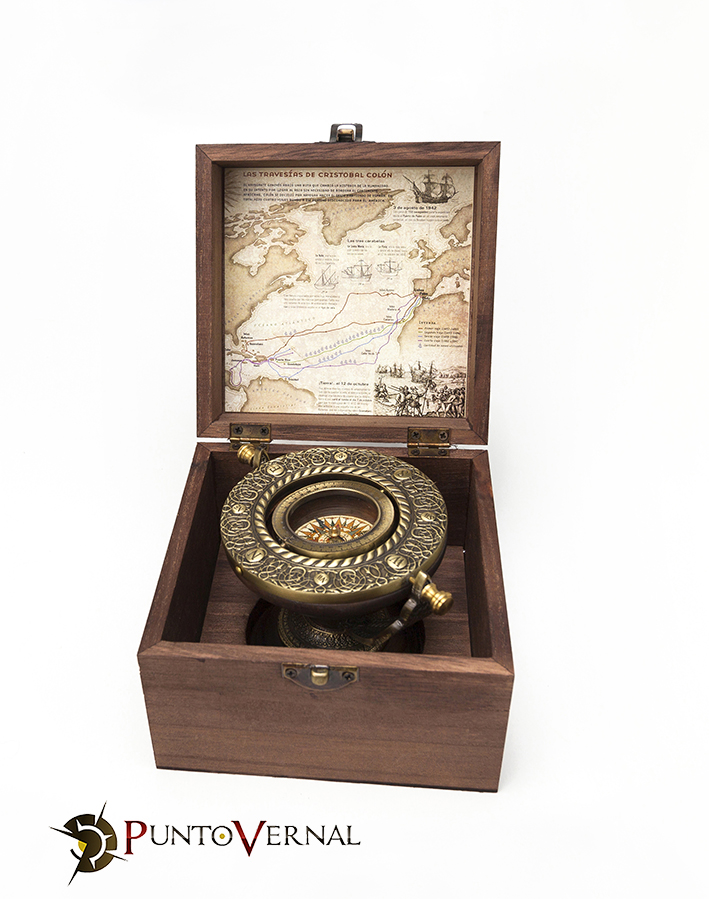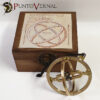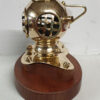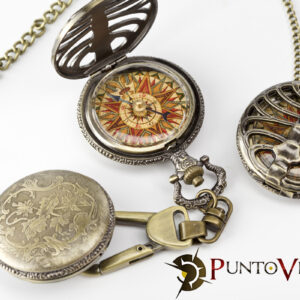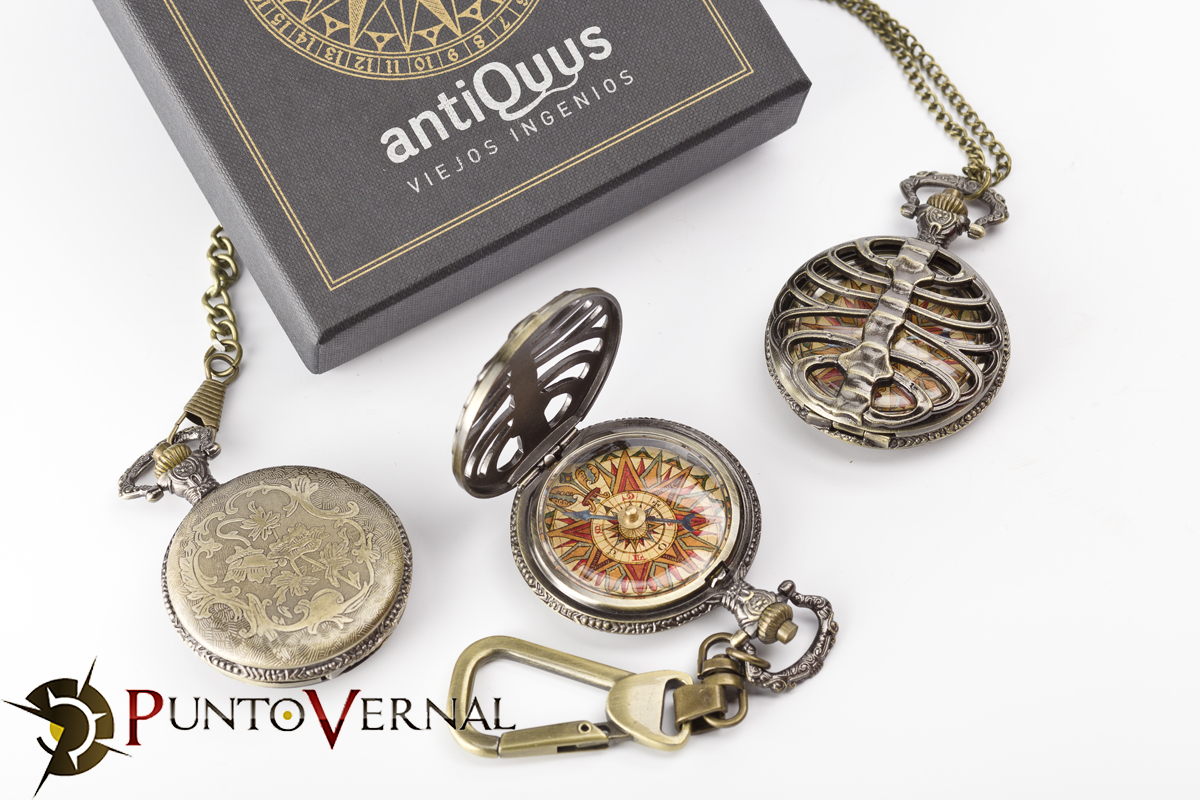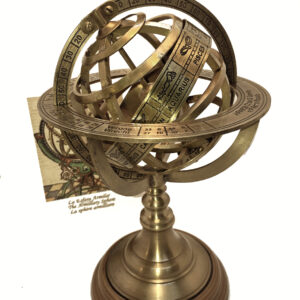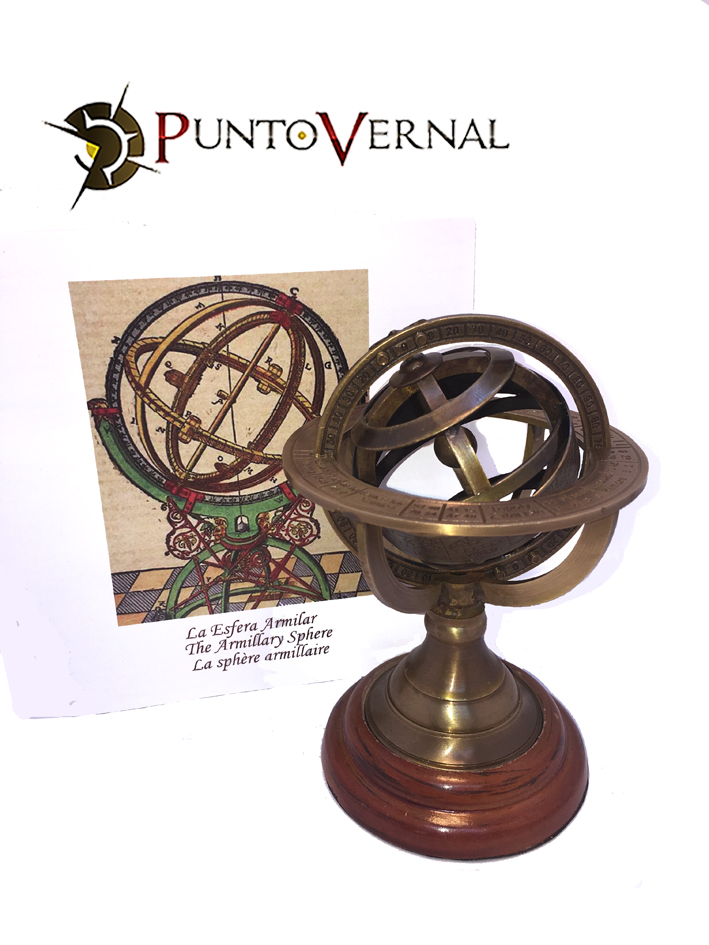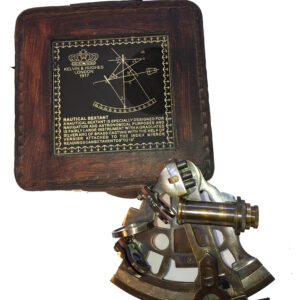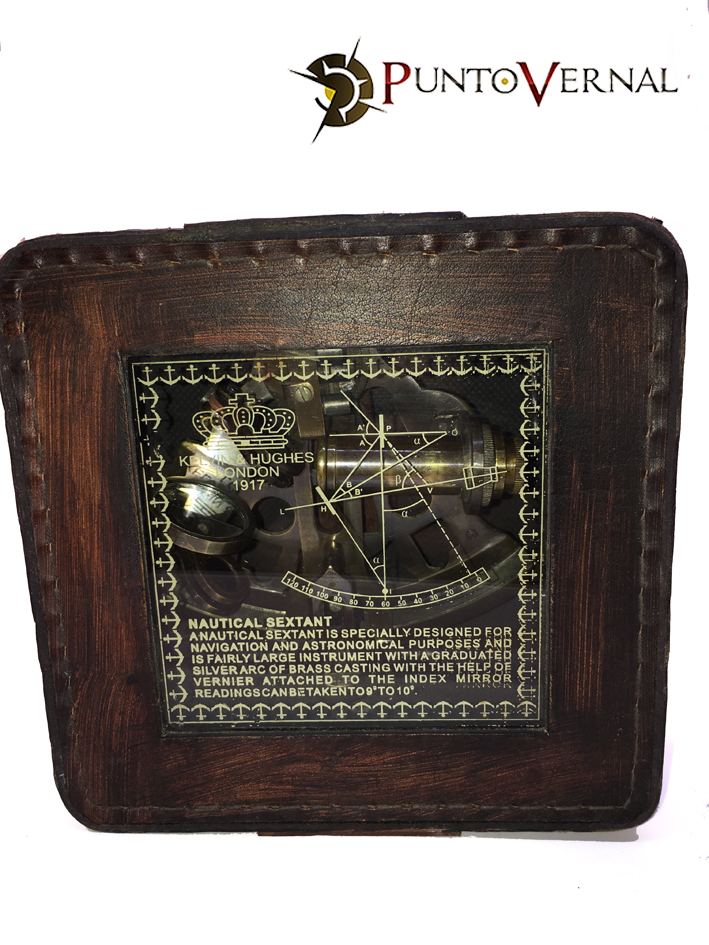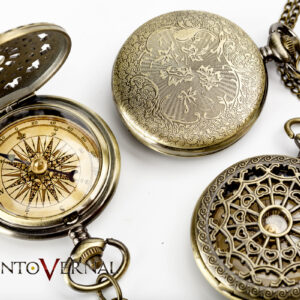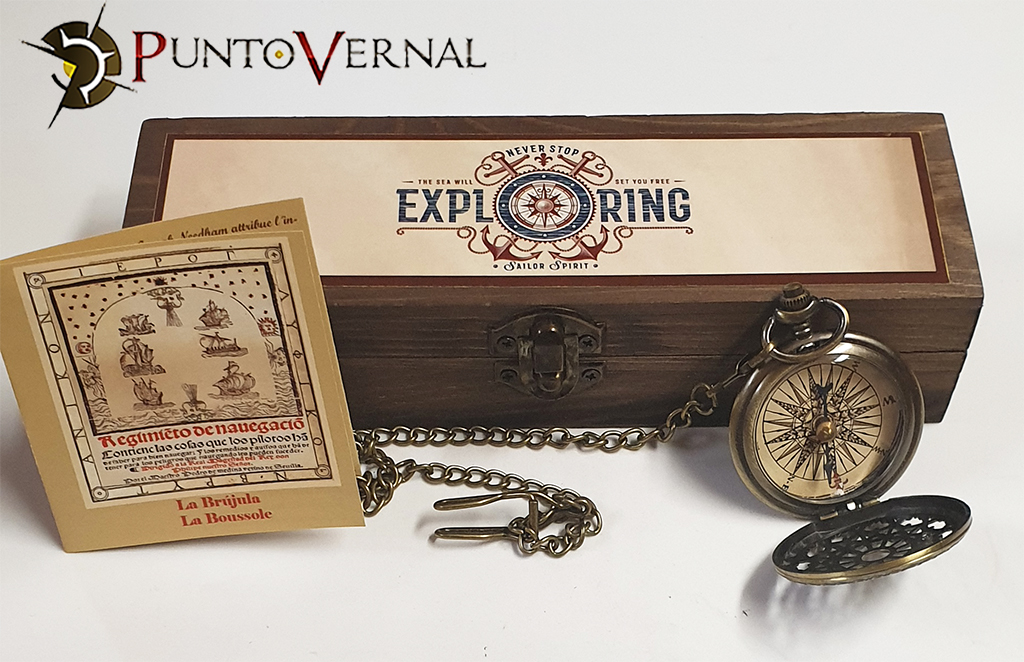The written references found throughout history about this peculiar suspension date back to the 3rd century BC, in which Philo of Byzantium described a similar system, with examples of its use in Europe in the 9th century AD. However, It was not until the 16th century that the Italian Girolamo Cardano, doctor, astrophysicist and astrologer, described and systematized it with great precision.
The cardan suspension system, also called gimbal, basically consists of a pivoting support, which allows the rotation of an object about a single axis. If we mount three rings at the same time, one on top of the other using orthogonal axes of rotation, an object located inside the third ring will always remain horizontal, regardless of the rotations made by the other two rings.
The application of this cardan system to navigation was proverbial, since until that moment when, due to bad weather, the ship tended to list or rise continuously due to the effect of the waves, the traditional compass became useless, making navigation practically impossible. . The cardan system allowed the compass to remain horizontal and therefore continue to fulfill its function, regardless of the position of the boat.
Cardan compasses are still used today in both maritime and aerial navigation.
Our cardan compass is a recreation of those used during the 16th and 17th centuries. Its support is not, as we usually see, a wooden box, but rather it itself forms its own set, giving it a “cup” appearance.
It is made of pewter, a zinc and tin alloy, very resistant to all types of changes in temperature, humidity or lighting and bathed in bronze.
It is presented in a wooden box with nautical decorations very appropriate for the object. Inside we can see an old cartography with the voyages of Columbus and on the outside we find the cover of the book by Pedro de Medina (1493-1567) “The art of sailing”.
A beautiful gift to always be remembered.
Measures:
of the compass
Height: 8.5cm
Diameter: 9cm
Width: 12cm
Box
Width: 13.5x 13.5cm
height: 10.5 cm


